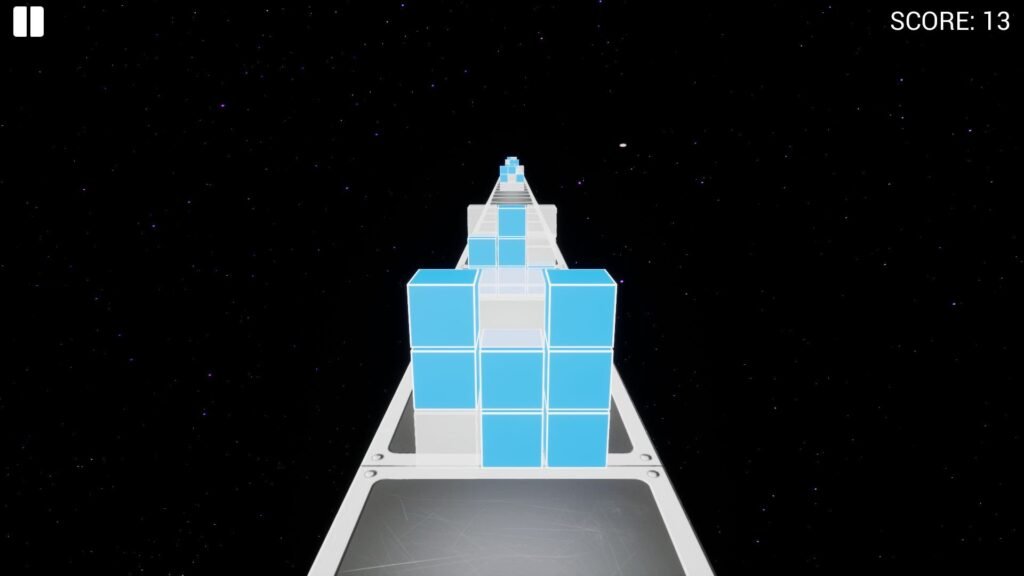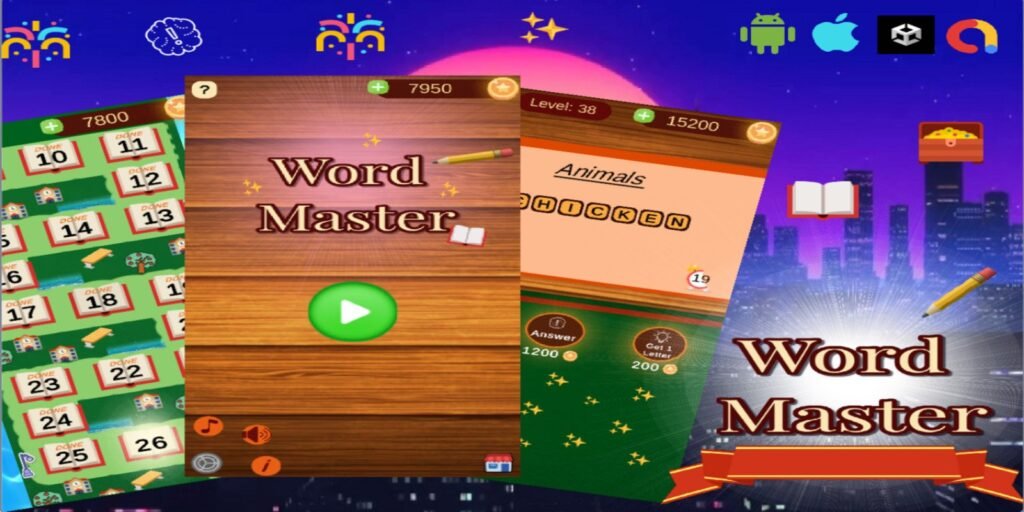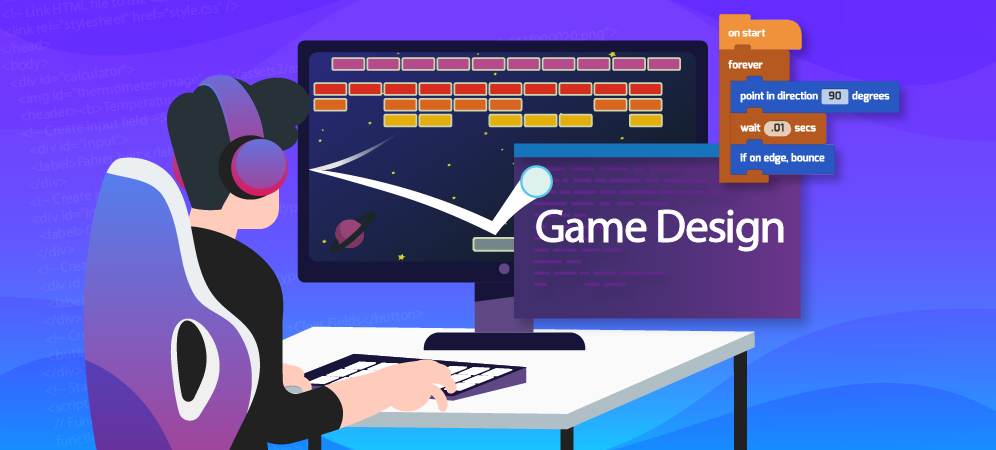Blog
Creating Addictive Hits with Unity Code for Hyper-Casual Games

Creating addictive hits with Unity code for Hyper-Casual Games
App stores have seen hyper-casual become the predominant genre with its short play mechanics and simplicity. Developers looking to capitalize on this area need to go beyond just creativity, but need effective and optimized frameworks to build their games upon. This is why Unity code for hyper-casual games is revolutionary.
What Is Hyper-Casual?
Hyper-casual games are categorized by their ease of use. They typically have:
- One-touch controls
- Endless loops of gameplay
- Quick restart practices
- Limited tutorials or onboarding
These games are all about quick engagement and short playing sessions. To keep the development process lean and inexpensive, Unity codes designed for hyper-casual games provides built-in logic for swipe, tap input, score counters, and so on, all built for the fast-paced nature of hyper-casual games.
How Unity Code Makes Development Easier
If you’re building a flappy clone or an endless runner, hyper-casual code is a jump start. Developers do not have to code every game component and can instead just plug in pre-configured scripts, quickly managing:
- Input interactions
- Object spawning
- Physics-based movements
- Score and distance tracking
- UI overlays like restart buttons or in-game ads
This greatly reduces production cycles, controls budget, and fits the style of Gestalt builders perfectly, whether you are a solo creator or a new indie studio!
Hyper-Casual Best Practices
To ensure your game stands out, it isn’t just about using great Unity code for hyper-casual games, but also optimizing the user experience. Here is what experienced developers have to say:
- Optimize for performance on low-spec devices
- Test multiple visual styles for potential viral engagement
- Keep early gameplay friction to a minimum
- Utilize Unity Analytics to analyze player behaviour
- Add reward effects (particles, sound, etc.) for player actions
Hyper-casual game audiences can decide within seconds about whether they will stick around for the game or not, so make every tap count.
Where To Find Good Code
PocketFriendlyCode.com has a collection of Unity code for hyper-casual games chosen for their price and performance. If you’re looking for drag-and-drop level system code, ad integration code, endless obstacle generator code, etc, those options are plentiful and low-cost without sacrificing quality.
Moreover, each asset comes with clear documentation and scalable architecture, which makes it easy to customize each asset for your particular gameplay loop.
Hyper-casual games are deceptively simple, but smart development means that good code needs to be working behind the scenes. With quality Unity code for hyper-casual games, you too can develop fast, scale easily, and stay positioned to ride the next viral wave. Interested in which template to choose, or how to improve your game mechanics? Let me know!













